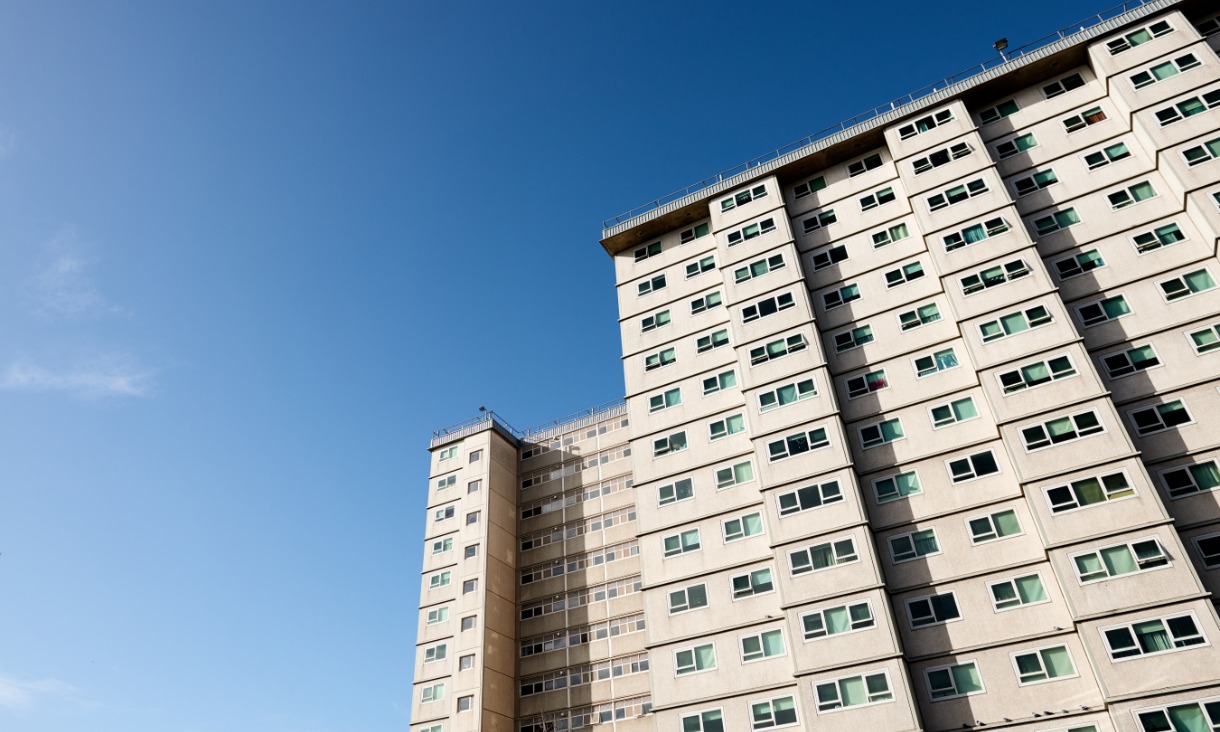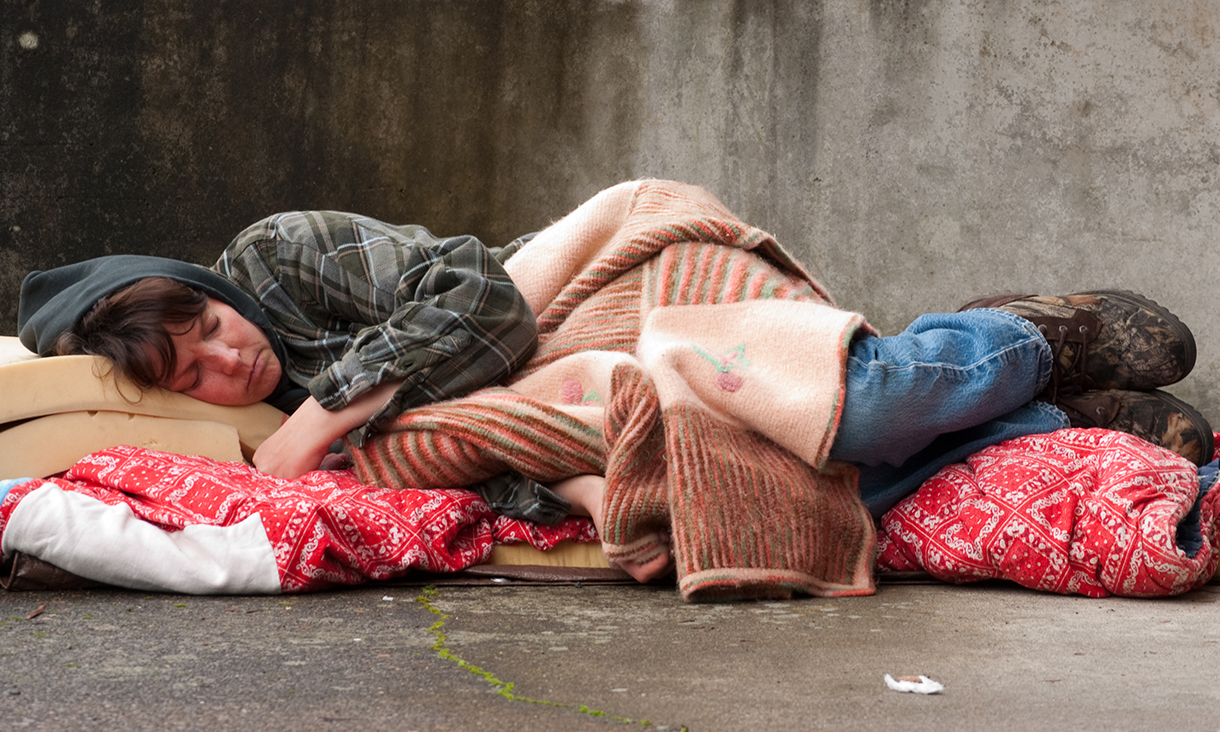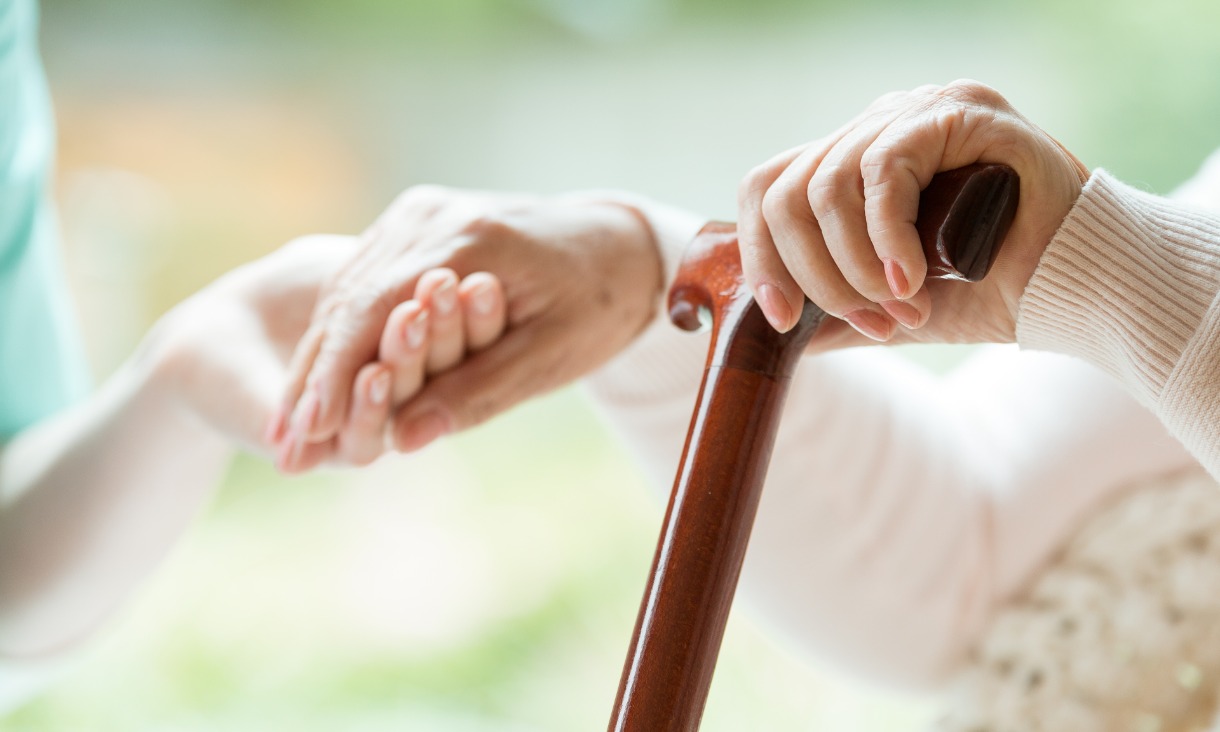Ex-prisoners are more likely to become homeless but the reverse isn’t true
On the night the 2016 census was taken, more than 116,000 Australians were homeless. This was a 30% increase from the decade before.
Urgent action needed on aged care, work and family policies
Experts are calling for better working conditions in aged care, disability and child care sectors.
Support services vital during forced mental health treatment
An evaluation of advocacy services provided to patients receiving mental health treatment against their will has found independent support is vital to their wellbeing.
Young creative showcases talent and culture for NAIDOC Week
Australian Unity’s annual Artist-in-Residence program invites Indigenous art students to share their artistic process with Rathdowne Place residents and staff.






